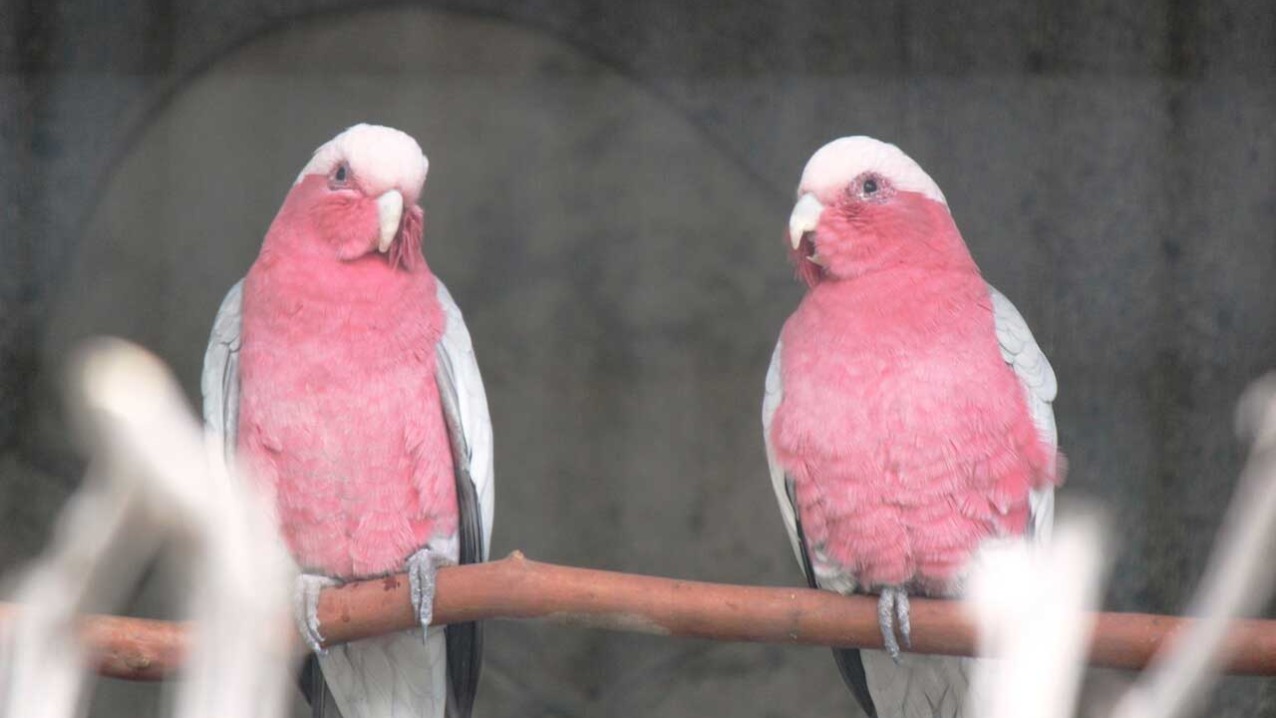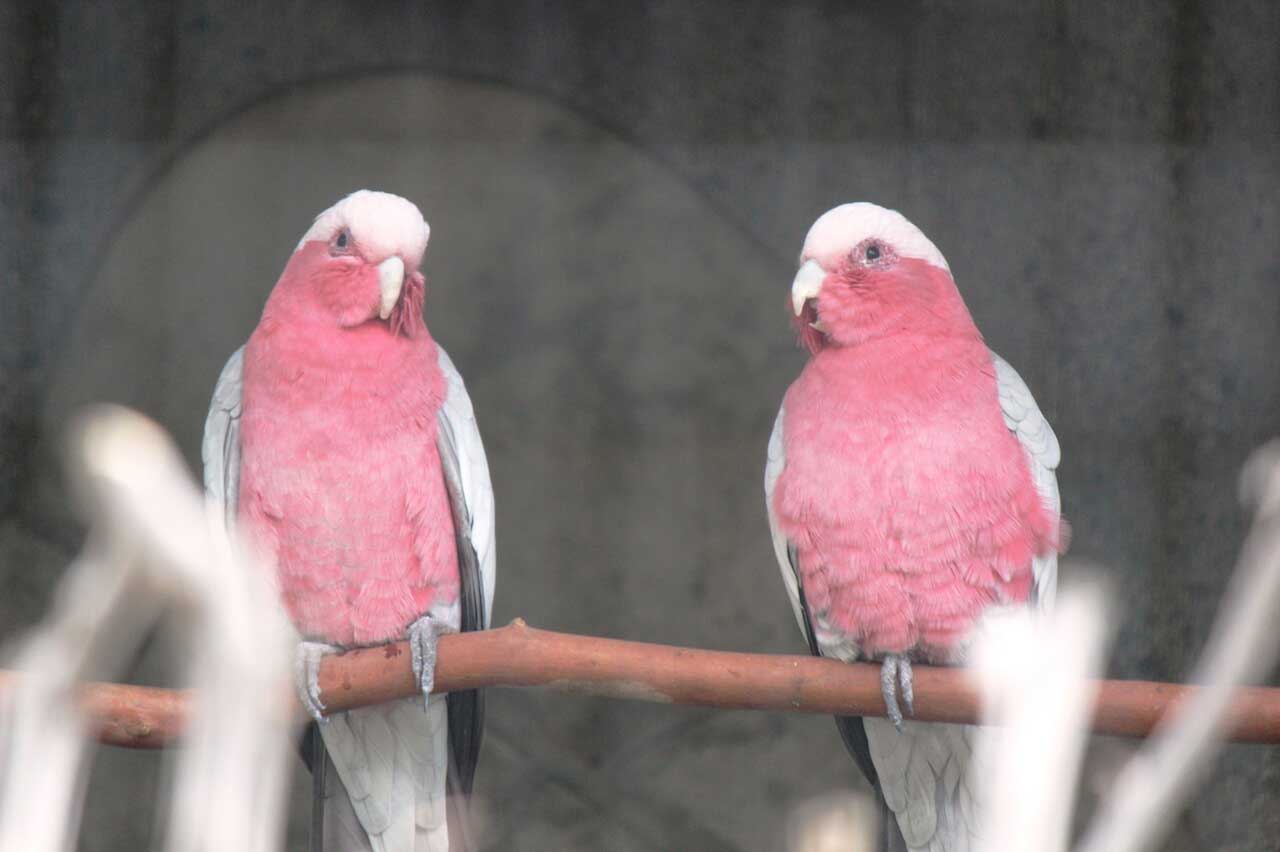eolophus roseicapilla
Galah
About Me
Scientific Name: Eolophus roseicapilla
Description
The Galah’s size averages about 14 inches (36 cm.) in length and it weighs about 300 to 400 grams. The Galah is considered a very attractive bird to look at due to its beautiful coloration. Most of the bird is a rich dark pink with the forehead, crown, and the back of the neck being a whitish-pink. The back, the wings, and the tail are gray.
Fun Facts
- Usual nesting sites are tree cavities that vary from 2 to 20 inches in height. Parents chew bark and rotten wood away from the nest entrance and line the bottom with eucalyptus leaves.
- The Galah is a sedentary bird. It tends to sit around and remains in one area. When Galahs pair off, they form loose groups with other pairs.
- Kingdom: Animalia
- Phylum: Chordata
- Class: Aves
- Order: Psittaciformes
The Galah’s size averages about 14 inches (36 cm.) in length and it weighs about 300 to 400 grams. The Galah is considered a very attractive bird to look at due to its beautiful coloration. Most of the bird is a rich dark pink with the forehead, crown, and the back of the neck being a whitish-pink. The back, the wings, and the tail are gray. The lower abdomen, the vent area, the rump, and the secondary and upper tail feathers that cover the bases of the main feathers are whitish gray. The periopthalmic ring, which surrounds the eye, is rose-red and the iris is dark brown. The feet and legs of the Galah are gray and the bill is horn-colored.
Prior to the Europeans arriving in Australia, the Galah was restricted to the very dry interior of Australia. Over the past years, it has expanded its range to north of Derby, north-west Western Australia and north throughout the Northern Territory (Caris, 1999). The Galah originally was found at lower elevations. It prefers open habitats, which include semi-desert, plains, open woodland, farmland, grain fields, golf courses, parklands, and grassland with trees in semi-arid zones.
The Galah is a sedentary bird. It tends to sit around and remains in one area. When Galahs pair off, they form loose groups with other pairs. When they are eating, one bird will keep watch and if disturbed, the entire flock will fly off. This behavior occurs when the Galah is feeding with other types of birds such as the Sulphur-crested Cockatoo. The Galah is unapproachable at that time. It is easier to approach the Galah if the entire flock is made up only of Galahs. During hot midday hours, Galahs rest in trees.
Most of the diet of the Galah consists of seeds and other plant material gathered mainly on the ground. It includes grass seeds (button grass, Flinder’s grass, Mitchell grass, peppergrass), herbaceous plants and seeds (lambs quarter, etc.), grain (especially wheat and oats), fruits, berries, nuts, roots, shoots, buds, and some insects and their larvae. During times of drought, seeds of trees (acacias, eucalyptus) are eaten. Galahs also forage for food in flocks. While in these flocks, Galahs use their great numbers to their advantage in locating food resources. Local agriculture suffer losses from these immense hungry flocks.
Galahs rarely reach maturity and breed before the fourth year. Galahs will look for and find suitable mates from February to July in the north and July to December in the south. Once paired, they separate themselves from the flock and begin building a nest. Usual nesting sites are tree cavities that vary from 2 to 20 inches in height. Parents chew bark and rotten wood away from the nest entrance and line the bottom with eucalyptus leaves. A clutch is made up of two to five oval white eggs about 1.39 x 1.04 inches in size. Incubation lasts 30 days and both parents brood the eggs and care for the young. Galah fledglings are moved to a creche that may be about a mile away from the nest. There they wait with other fledglings while their parents forage for food. Young Galahs become independent about five to six weeks after leaving the nest The Galah is abundant and widely dispersed over Australia’s interior. It is found in the wild in immense numbers, probably ranging in the multi thousands. The Galah is not considered a valuable bird. Agriculturists of Australia consider them to be a pest, especially in the grain-producing districts. The Galah is probably on the increase and settling in new areas.
Wild Population: Galahs are abundant in the wild.
Parrots of Australia, Barrett, Charles, N.H. Seward, PTY.LTD., Melbourne, Australia 1949
Other Birds
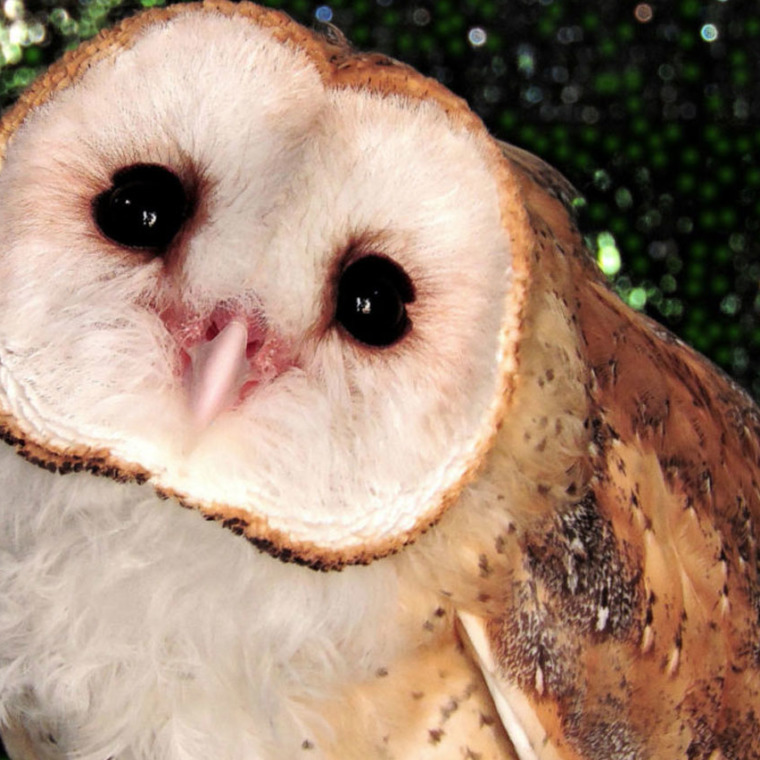
Barn Owls are found throughout the globe, in Europe, Africa, Asia, Austrailia, and the Americas
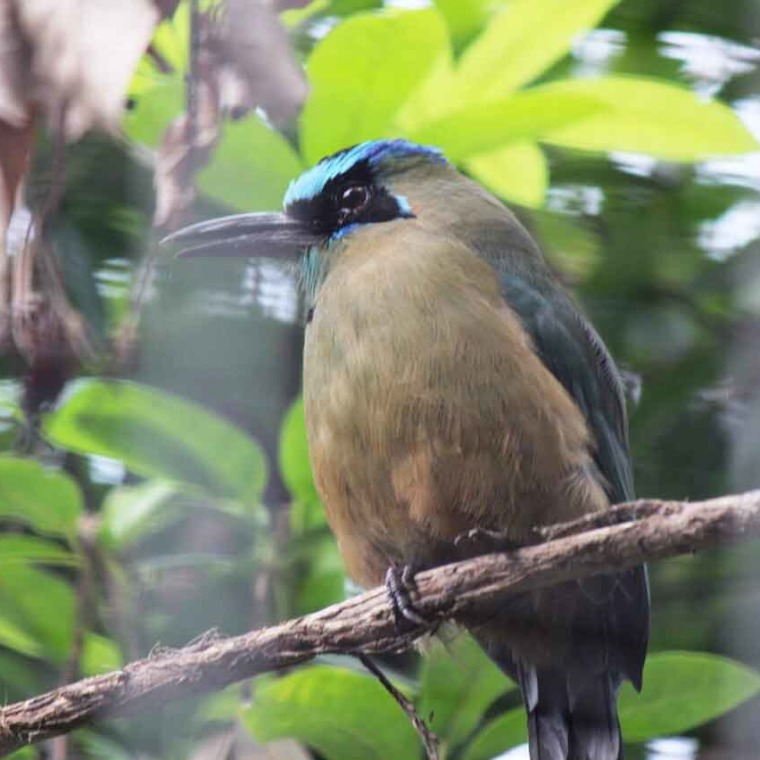
This animal can grow over a foot in length! Motmots possess a serrated beak and red eyes, with a black mask that encircles their heads.
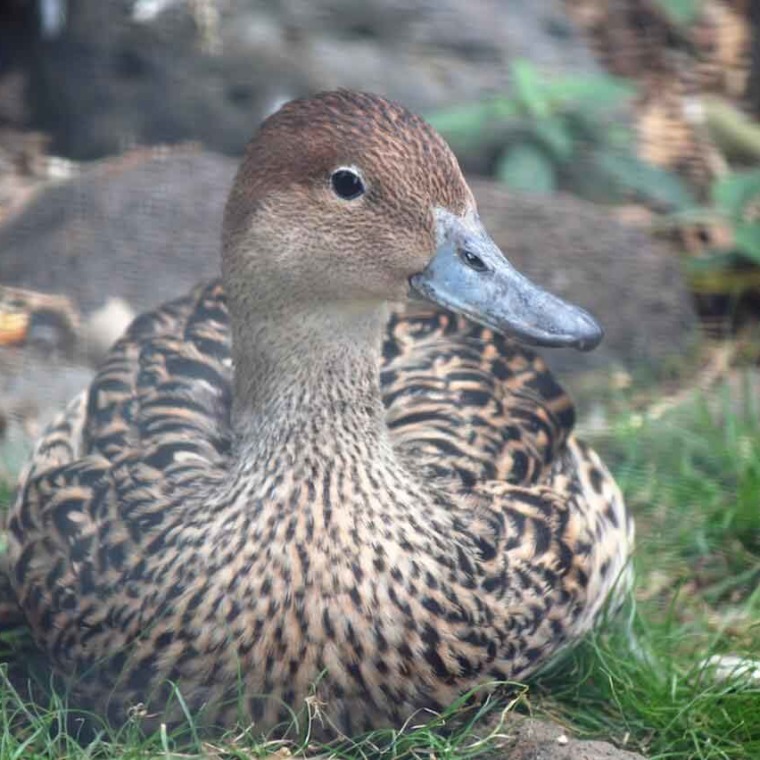
Koloa maoli are very secretive and difficult to observe except in protected areas such as Hanalei National Wildlife Refuge on Kauai.
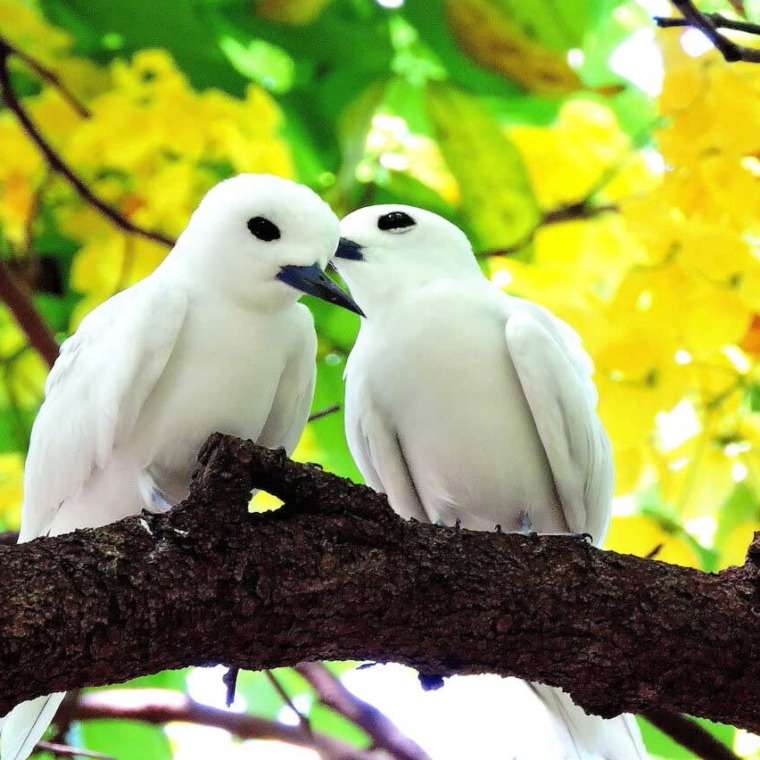
This bird is found primarily on islands, and has a wide ranger across the equatorial band of every ocean on Earth, save for the Arctic Ocean, which does not cross the equator.
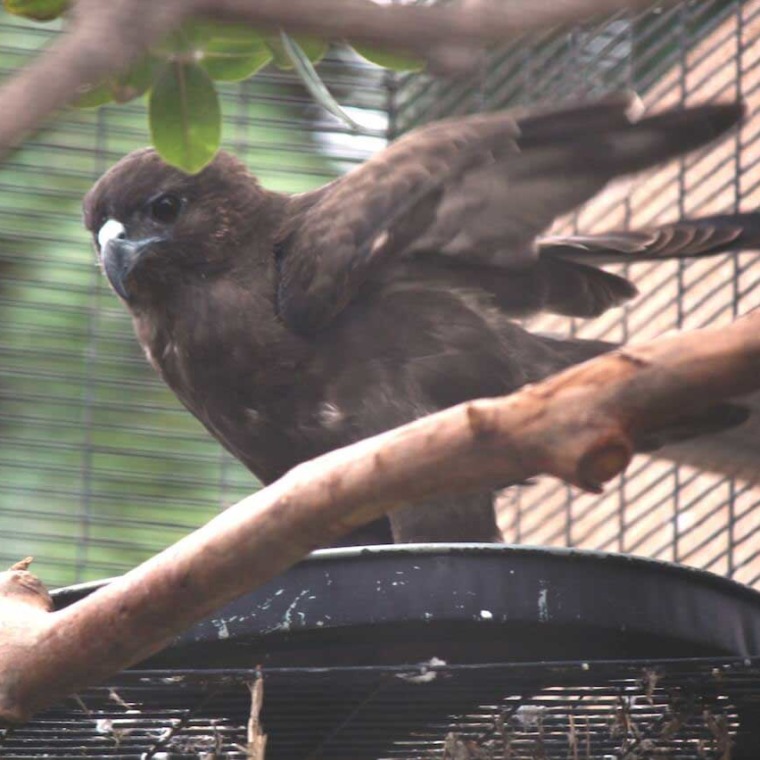
’Io prefer to hunt from tall perches that they use to survey their prey; however, they are known to dive at targets from mid-flight if the opportunity presents itself. are territorial and come together only to breed.


